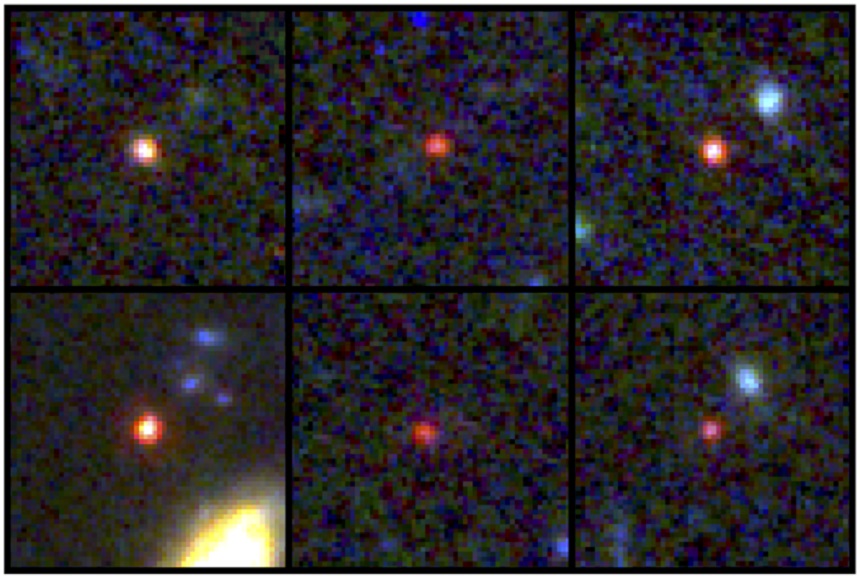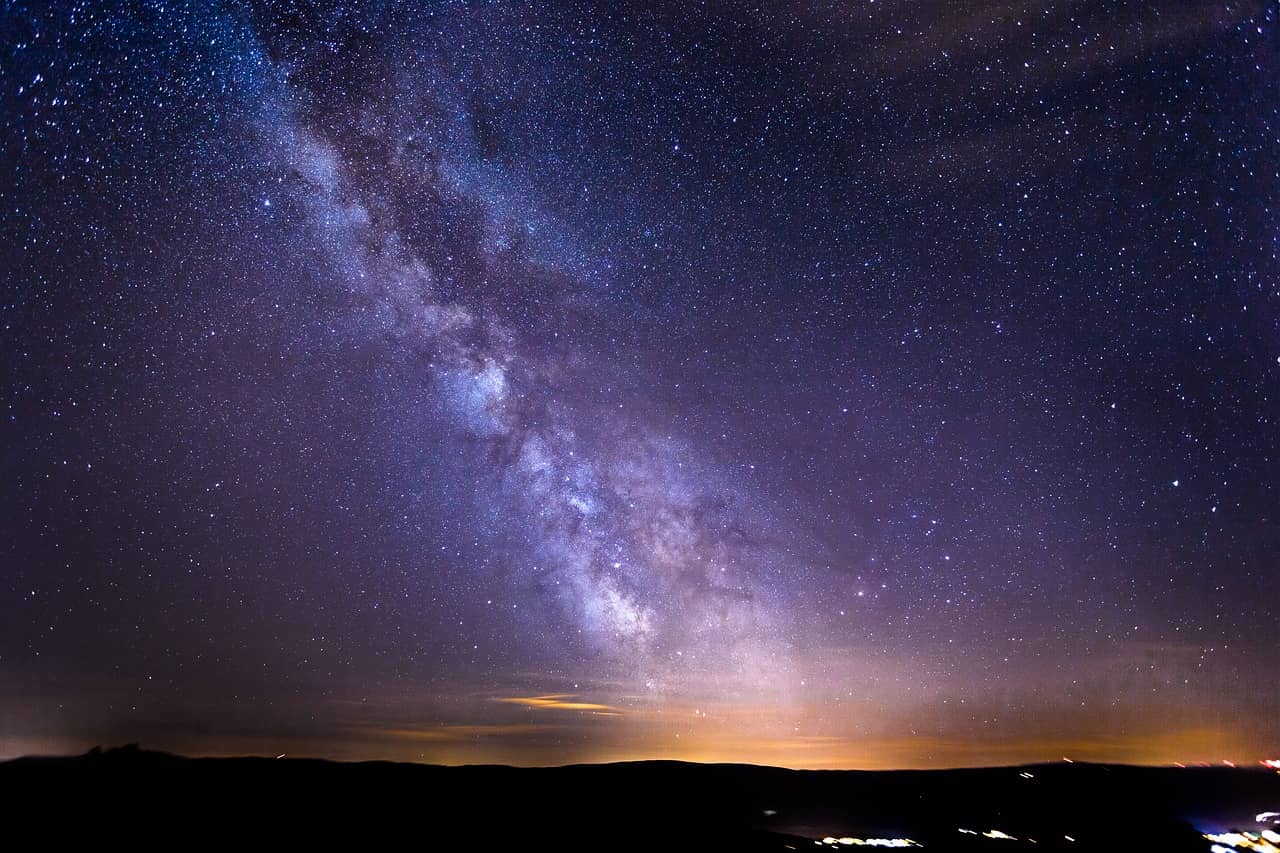In order to know how many stars are in the universe, we will first need to find out the number of galaxies. But is this something we can calculate at all?
Simply said, the number of galaxies in the universe will be equal to the universe’s size times the typical density of galaxies. Accurately estimating these two figures in practice is challenging. The total size of the universe is unknown. According to recent studies, it might be infinite, which implies that there might be an infinite number of galaxies.
However, there is a limit beyond which we cannot see; this is due to the fact that light from beyond has not had time to reach Earth since the Big Bang. The ‘observable universe’ is thought to be a sphere with a 92 billion lightyear diameter and a 410 nonillion (410 thousand billion billion billion) lightyear volume!
Estimating the numerical density of galaxies brings its own set of challenges. Simply counting every galaxy in the sky is not possible. It would take too much time. Furthermore, even the most advanced telescopes would be unable to see galaxies that are too small, too faint, or too close to other galaxies, as well as those that are hidden by background matter or do not generate light that can be detected by the telescope.
You will receive a lower limit on the number of galaxies using this method, though. According to one of these estimates, the observable universe contains between 100 and 200 billion galaxies. Other astronomers have made attempts to calculate the number of “missed” galaxies in earlier studies and have estimated that there are 2 trillion galaxies in the cosmos overall.
So, how many stars are there?
Once again, the number of stars in a galaxy cannot be determined by observing the sky with a telescope and counting up all the twinkly bits. Only the brightest stars in a galaxy shine brightly enough for a telescope to see them.
Instead, the majority of people base their estimates of the galaxy’s star population on the galactic mass. Since galaxies are spreading apart and the universe is expanding, light from other galaxies is typically slightly “red-shifted,” or has its wavelength stretched. However, because galaxies rotate, some of their components are really traveling toward Earth, causing some of the light to be “blue-shifted” Astronomers can determine the galaxy’s mass by estimating how quickly it rotates using these light-based measures.
The next step is to remove all the dark matter or mass that has a gravitational attraction but does not reflect light. Scientists say that about 90 percent of the the mass in a typical galaxy is dark matter. The other 10 percent would account for around 100 million stars in a galaxy on average.
So, if we multiply the number of galaxies — which is about 2 trillion — by the 100 million stars in a galaxy, we get a number called one hundred quintillions or 1020.





